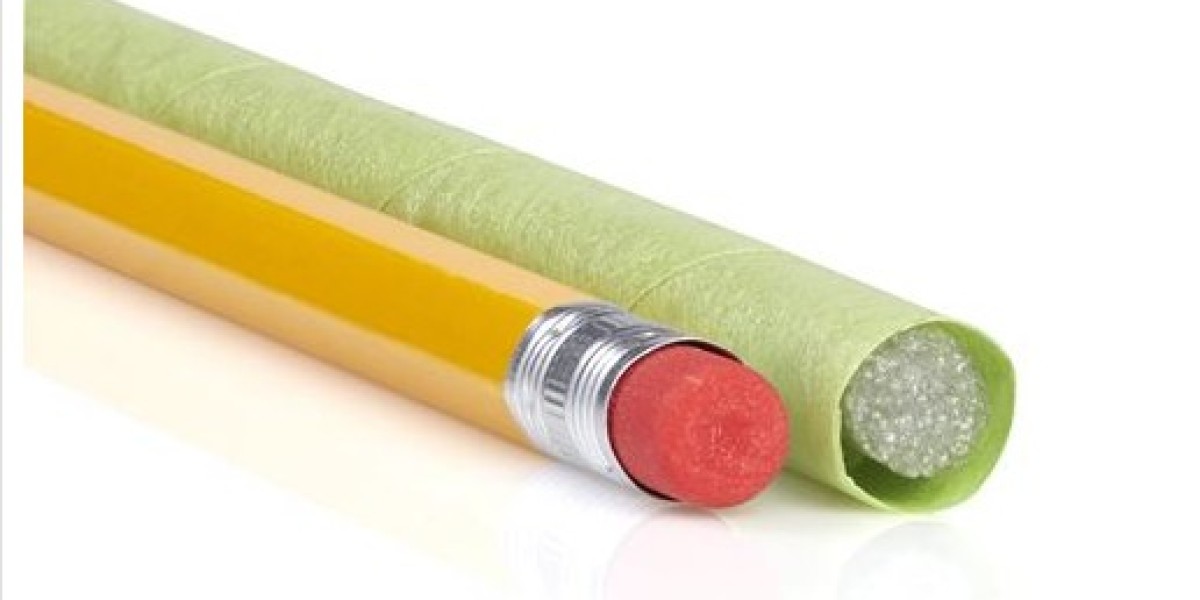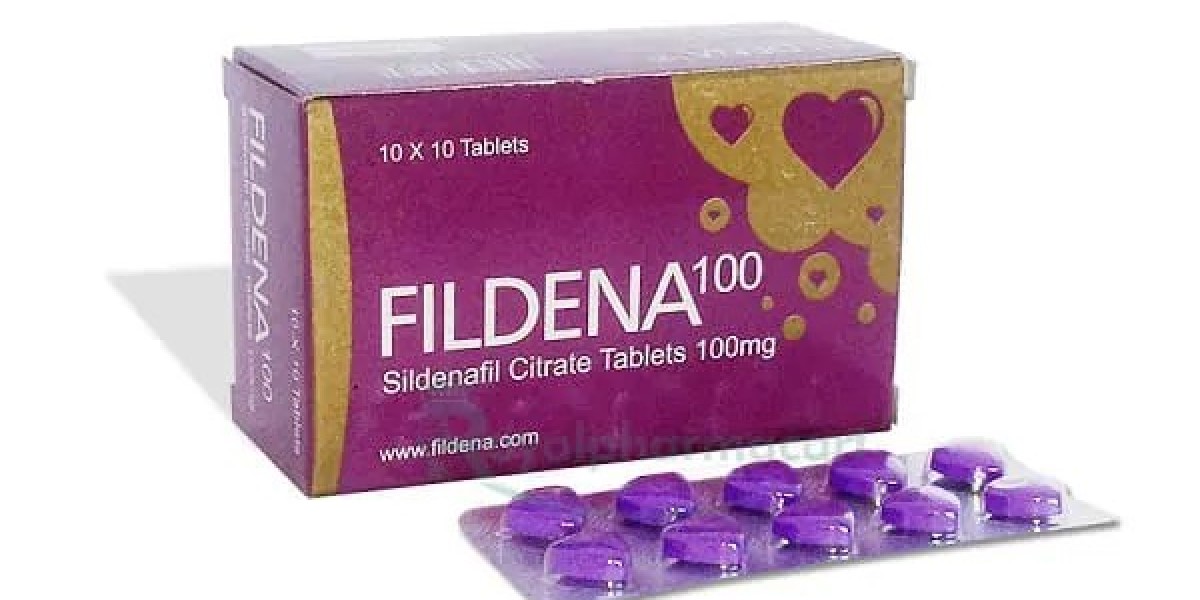Introduction
When it comes to choosing the right tape for painting, protection, or finishing a project, the options can be overwhelming. Masking tape and automotive masking tape may seem similar, but they serve different purposes and have distinct characteristics. Selecting the correct tape for your specific project can make the difference between a flawless finish and a mess that requires extra effort to fix.
Understanding the difference between these two types of tape is essential, whether you're a DIY enthusiast or a professional in the automotive industry. In this article, we’ll dive into what sets these tapes apart, helping you make an informed choice.
The Importance of Choosing the Right Tape for Your Project
Using the wrong type of tape can lead to poor results, surface damage, and wasted time. Knowing which tape to use will ensure you get clean edges, easy removal, and the protection your surface needs. Whether you're tackling a home renovation or working on a vehicle, making the right choice can elevate your results from average to professional.
Defining Masking Tape and Automotive Masking Tape
What is Masking Tape?
Masking tape is a pressure-sensitive tape made of a thin, easy-to-tear paper and a low-tack adhesive. It's a versatile tool used in a variety of applications, from painting projects to crafting, labeling, and light-duty protection.
Common Uses of Masking Tape:
- Interior painting projects for clean edges
- Crafting and DIY projects
- Basic protection of surfaces like glass or trim
What is Automotive Masking Tape?
Automotive masking tape is specifically designed for use in the automotive industry. It is used primarily in auto body shops during the painting and detailing of vehicles. This tape has a more specialized construction, often featuring heat-resistant and stronger adhesive properties, making it ideal for high-demand settings.
Common Uses of Automotive Masking Tape:
- Masking off areas of a car during paint jobs
- Protecting sensitive surfaces during vehicle repairs
- Ensuring clean lines in automotive detailing
Material Composition and Construction
Materials Used in Regular Masking Tape
Regular masking tape typically consists of a paper backing with a natural rubber-based adhesive. This combination makes it easy to tear by hand and apply to surfaces without much effort.
Suitable Environments:
- Indoor painting projects
- Crafts and non-demanding environments
Materials Used in Automotive Masking Tape
Automotive masking tape is built to withstand harsher conditions. Its paper backing is usually more durable, and the adhesive is heat-resistant, designed to endure the high temperatures of an automotive paint booth or outdoor environment.
Key Features:
- High heat resistance
- Stronger adhesive to prevent lifting during painting
- Durability in environments involving chemicals or solvents
Adhesive Properties and Performance
Adhesive Strength of Regular Masking Tape
Regular masking tape has moderate adhesive strength, making it perfect for short-term projects where easy removal is key. However, in more demanding environments, such as those involving moisture or heat, this tape may fail.
Best Uses:
- Temporary applications
- Indoor painting
- Craft projects
Adhesive Strength of Automotive Masking Tape
Automotive masking tape has a much stronger adhesive designed to stick to a variety of surfaces, including metal and plastic. It also ensures clean removal, even after exposure to extreme conditions such as high heat or chemicals.
Best Uses:
- Automotive painting and bodywork
- High-demand environments
- Projects where strong adhesion is crucial but clean removal is still needed
Temperature and Environmental Resistance
Temperature Tolerance of Regular Masking Tape
Regular masking tape has limited tolerance to high temperatures and isn't suitable for use in environments with significant heat or cold. Exposure to extreme temperatures can lead to tape failure, including peeling, bubbling, or residue left behind.
High-Temperature Resistance of Automotive Masking Tape
In contrast, automotive masking tape is designed to handle high temperatures, often reaching up to 150°C (302°F) or more. This makes it ideal for use in automotive paint booths or when working with heat guns.
Critical Use Cases:
- Automotive painting jobs where heat is involved
- Situations requiring high-temp resistance for a clean finish
Removal and Surface Protection
How Regular Masking Tape Performs During Removal
One of the key issues with regular masking tape is the risk of leaving behind residue, tearing, or even damaging the surface when removed. It’s essential to remove regular masking tape within a short time frame to avoid these problems.
Tips for Clean Removal:
- Remove tape shortly after application
- Pull at a 45-degree angle to avoid tearing
Clean Removal Features of Automotive Masking Tape
Automotive masking tape is designed for clean removal without leaving adhesive residue, even after exposure to heat, moisture, or chemicals. This makes it indispensable for professional-grade projects that require a pristine surface post-application.
Techniques for Removal:
- Gradual peeling at an angle to ensure a clean edge
- Removing shortly after drying to avoid adhesion issues
Key Applications and Use Cases
Common Applications for Regular Masking Tape
Regular masking tape is ideal for low-demand, everyday tasks such as home improvement projects, arts and crafts, or protecting surfaces while performing light painting.
Limitations:
- Cannot withstand heat, moisture, or chemical exposure
- May not provide the clean finish needed for precision work
Specialized Applications for Automotive Masking Tape
Automotive masking tape is crucial in auto body shops for protecting sensitive areas during painting and ensuring crisp lines without paint bleed. It's also used in vehicle detailing and repairs to achieve professional results.
Advantages:
- Heat resistance
- Strong adhesion and clean removal
Durability and Longevity
Durability of Regular Masking Tape
Regular masking tape is not designed for long-term use and can degrade quickly when exposed to elements like UV light, moisture, or outdoor conditions.
Lifespan:
- Best for short-term projects
- May fail when exposed to environmental factors
Longevity of Automotive Masking Tape
Automotive masking tape can be left on surfaces longer without losing its effectiveness, even when exposed to harsh conditions such as solvents, chemicals, and UV light.
Lifespan:
- Designed for long-term use in demanding environments
Price and Availability
Cost Differences: Regular vs. Automotive Masking Tape
The specialized materials and performance of automotive masking tape contribute to its higher cost compared to regular masking tape. However, for professional results, the investment is often justified.
Is It Worth the Price?
- Automotive tape is essential for high-stakes projects
- Regular tape is cost-effective for light-duty use
Where to Buy Each Type of Tape
Regular masking tape can be found in nearly any hardware or department store, while automotive masking tape is more commonly available in specialty auto shops or online.
Frequently Asked Questions (FAQs)
Can I use regular masking tape for automotive painting?
While it's possible, regular masking tape will not hold up under the high heat and solvent exposure required for automotive painting. This could lead to paint bleed or damaged finishes.
What are the risks of using the wrong type of masking tape on a car?
Using regular masking tape on a vehicle can result in poor paint lines, adhesive residue, and potential surface damage, especially in high-heat environments.
Why is automotive masking tape more expensive?
Automotive masking tape is made with higher-quality materials designed to withstand extreme conditions, ensuring both strong adhesion and easy removal.
How do I remove masking tape without leaving residue?
The key is removing the tape shortly after application and peeling it off at a 45-degree angle to prevent tearing or residue.
Can automotive masking tape be used for non-automotive purposes?
Yes, automotive masking tape can be used in any high-demand environment where heat resistance and clean removal are essential, though it may be overkill for light-duty tasks.
Conclusion
Summarizing the Key Differences
The primary differences between regular masking tape and automotive masking tape lie in their material composition, adhesive strength, temperature tolerance, and overall durability. Automotive masking tape is built for demanding environments, whereas regular masking tape is ideal for light-duty applications.
Choosing the Right Tape for Your Next Project
Selecting the right tape depends on your project's specific requirements. If you’re working in a high-demand setting like automotive painting, automotive masking tape is essential. For home improvement or crafting, regular masking tape should suffice.
For more info: https://www.tubetape.works/what-it-is








